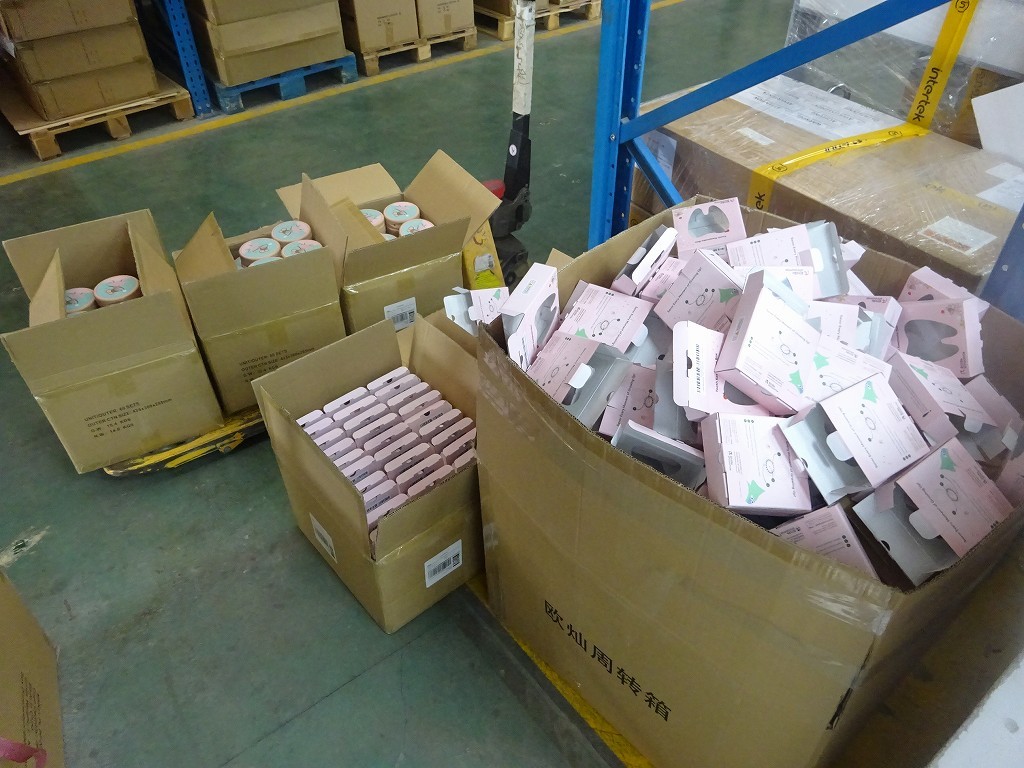Pre-shipment inspection is a critical step in ensuring the quality and compliance of apparel products before they are shipped to international buyers. In this article, we will discuss the essential preparations for apparel inspectors and provide guidelines on how to correctly execute the inspection process.

1.Preparations for Apparel Inspectors:
Before conducting a pre-shipment inspection for apparel products, inspectors should make necessary preparations to ensure a smooth and effective process. Here are some key aspects to consider:
1.1 Familiarize with Product Specifications:
Inspectors should thoroughly review the buyer’s specifications and requirements for the apparel products. This includes details such as fabric composition, color, size range, labeling, packaging, and any specific quality standards or certifications.
1.2 Understand Quality Control Standards:
Inspectors need to have a comprehensive understanding of industry quality control standards for apparel. This includes knowledge of acceptable tolerances, stitching standards, color consistency, printing or embroidery quality, and other relevant quality parameters.
1.3 Inspectors Toolkit:
Inspectors should equip themselves with the necessary tools to conduct accurate inspections. This may include measuring tapes, color assessment tools, magnifying glasses, fabric strength testers, seam slippage testers, and other specialized equipment.
1.4 Sampling Plan:
Based on the buyer’s requirements and international sampling standards, inspectors should determine the appropriate sampling plan. This involves defining the sample size, selecting representative samples from different production lots, and ensuring a statistically significant sample for inspection.
1.5 Checklist Development:
Develop a detailed checklist tailored to the specific apparel products being inspected. The checklist should cover all relevant aspects, including fabric quality, stitching, fit, labeling, packaging, and overall workmanship. It should be comprehensive and easy to follow during the inspection process.
2.Execution of the Inspection Process:
To conduct a pre-shipment inspection for apparel products effectively, inspectors should follow a systematic approach. Here is a step-by-step guide:
2.1 Arrival and Verification:
Inspectors should verify the arrival of the goods at the inspection location. They should confirm that the shipment corresponds to the provided documentation, including purchase orders, packing lists, and shipping marks.
2.2 Visual Inspection:
Inspectors begin by visually examining the garments to assess overall appearance, fabric quality, color consistency, and any noticeable defects or damages. They compare the samples against approved standards and check for compliance with the buyer’s specifications.
2.3 Measurement and Size Verification:
Inspectors measure key dimensions such as garment length, width, chest size, waist size, sleeve length, and any other relevant measurements. They compare these measurements against the approved size specifications to ensure accuracy and consistency.
2.4 Workmanship and Stitching:
Inspectors thoroughly inspect the stitching and workmanship of the garments, paying attention to details such as seam strength, stitch length, stitch evenness, and overall construction. They check for loose threads, skipped stitches, irregularities, or any other quality issues.
2.5 Color Assessment:
Inspectors compare the colors of the garments against the approved color standards. They use color assessment tools such as color swatches, lightboxes, or spectrophotometers to ensure color accuracy, consistency, and adherence to the buyer’s requirements.
2.6 Labeling and Packaging:
Inspectors verify the presence and accuracy of labels, tags, care instructions, and any other required markings. They check the packaging quality to ensure proper protection of the garments during transportation, including appropriate folding, polybagging, and carton labeling.
2.7 Sampling and Documentation:
Inspectors record the inspection results for each sample on the checklist, indicating any defects, discrepancies, or observations. They take photographs of any significant issues as supporting evidence. A comprehensive inspection report is then generated, including detailed findings, recommendations, and photographs.
2.8 Loading Supervision:
If required, inspectors can also supervise the loading of the inspected garments into containers. They ensure that the correct quantity and assortment of products are loaded, and that proper handling and stacking procedures are followed to prevent damage.
Pre-shipment inspection is a vital quality control step for apparel products to ensure that they meet the buyer’s specifications, quality standards, and compliance requirements. By adequately preparing and executing the inspection process, apparel inspectors play a crucial role in maintaining the integrity and reputation of the global apparel supply chain.






